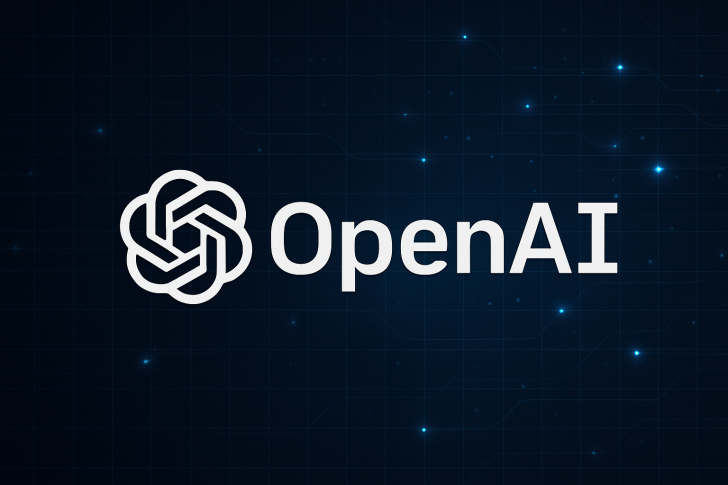OpenAI is evolving from an AI research lab into a dominant force in global technology. Through massive partnerships spanning government, semiconductors, and cloud infrastructure, the company is building the foundation needed to scale artificial intelligence at an unprecedented level. Industry watchers now predict OpenAI could hit a $1 trillion valuation by 2026, joining an elite group of the world's most valuable companies.
The Partnership Landscape
According to analyst Stock Sharks, OpenAI has assembled an extraordinary network of strategic relationships. The U.S. Government's Project Stargate represents a $500 billion commitment, while semiconductor partnerships with Nvidia total $100 billion, AMD commitments reach up to $100 billion, Intel brings $25 billion, and TSMC adds $20 billion. Cloud infrastructure deals include Microsoft's $13 billion investment and Oracle's $10 billion commitment, with Broadcom contributing additional multi-billion-dollar agreements.
This web of alliances positions OpenAI at the convergence of AI computing power, hardware manufacturing, and cloud distribution. The company is essentially securing its supply chain from chip fabrication through end-user delivery.
Technical Momentum
Market indicators show strong upward momentum in valuation expectations. Support levels correspond with previous funding rounds, suggesting steady capital deployment. Recent breakout patterns reflect deals expanding OpenAI's presence in defense, semiconductors, and large-scale infrastructure. Rising trading volumes in AI-related stocks like Nvidia, AMD, Microsoft, and Broadcom signal growing institutional confidence in the sector. The technical picture supports the possibility of reaching $1 trillion, though regulatory challenges or supply constraints could trigger corrections.
Why This Matters
OpenAI's language models require massive computational resources. Partnerships with Nvidia, AMD, Intel, and TSMC guarantee access to cutting-edge processors, while Microsoft and Oracle provide worldwide cloud infrastructure. Project Stargate demonstrates that AI has become essential national infrastructure rather than just consumer technology. The sector is maturing from software innovation into a fundamental pillar of the global economy.
Path to $1 Trillion
Three factors will determine whether OpenAI reaches the trillion-dollar milestone. First, maintaining steady access to advanced semiconductors for scaling compute capacity. Second, expanding cloud distribution through Microsoft, Oracle, and emerging partners. Third, achieving strategic adoption across defense, financial services, and enterprise markets. If these elements align over the next two years, OpenAI could join the exclusive club of trillion-dollar technology companies.
Conclusion
OpenAI's rapid ascent reflects AI's transformative impact on markets, capital flows, and geopolitical strategy. With unparalleled partnerships across hardware, cloud services, and government sectors, the path to a trillion-dollar valuation appears increasingly plausible. As @stocksharks_ suggests, this may be less about speculation and more about tracking an inevitable trajectory in the AI revolution.
 Usman Salis
Usman Salis

 Usman Salis
Usman Salis
